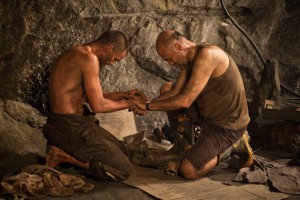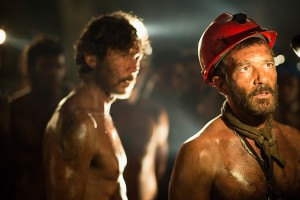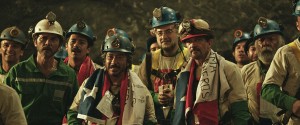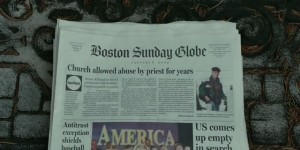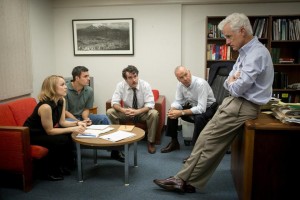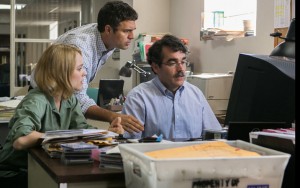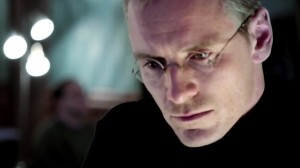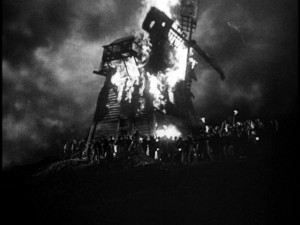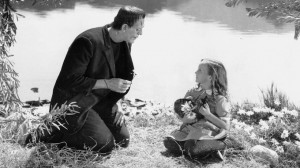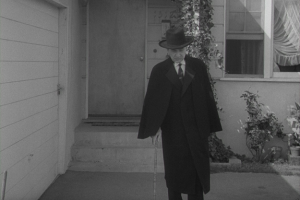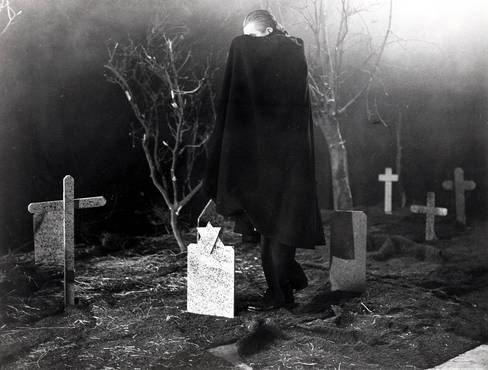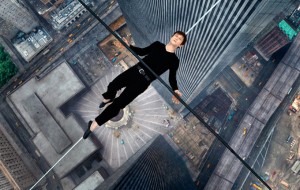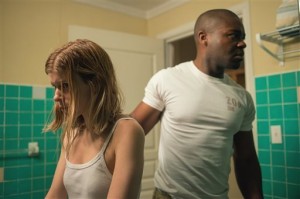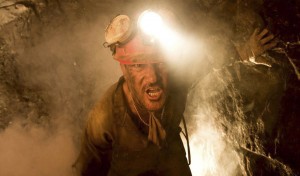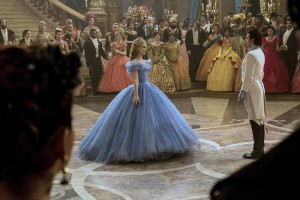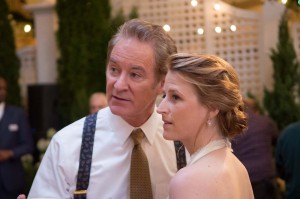Republished from my Watching God blog on Patheos.
Kylo Ren isn’t all that he pretends to be.
When we first meet him in Star Wars Episode VII: The Force Awakens, Ren (played by Adam Driver) is doing his best to look, sound and act just like his idol, Darth Vader. He wears a fearsome black mask. He has a seriously wicked-looking red light sabre. He can telepathically choke people like nobody’s business. Like Vader, he serves as a spiritual leader to a galactic power—the First Order, an organization that resembles the old Empire but with a dash of ISIS-like zealotry thrown in the mix.
But perhaps Ren’s more like Vader than he even knows. That mask hides confusion, uncertainty. Maybe he’s not completely the plaything of the Dark Side just yet. And Lor San Tekka (Max Von Sydow) does his best to tease Ren back to the Light.
“The First Order came from the Dark Side,” San Tekka says. “You did not.”
It’s a deceptively powerful bit of theology thrown in the movie’s opening minutes. But maybe that’s not too surprising from a franchise that has boldly embraced spirituality from the very beginning.
The Star Wars universe has always been predicated on the Force. “ Life creates it, makes it grow,” Yoda says in The Empire Strikes Back. “Its energy surrounds us and binds us. Luminous beings are we, not this crude matter. You must feel the Force around you; here, between you, me, the tree, the rock, everywhere, yes. Even between the land and the ship.” And while The Phantom Menace seemed to suggest that this cosmic power could be explained by microscopic midi-chlorians—the more midi-chlorians you had, the more the Force was strong in you—The Force Awakens leans into more of a spiritual understanding. People talk reverently, almost lovingly about it, and even an old skeptic like Han Solo (Harrison Ford) seems to be a convert.
“The Force, Jedi, all of it,” he says. “It’s all true.”
That Force is divided between dark and light—warring elements that, paradoxically, exist in eternal balance. Folks like Luke Skywalker and Obi Wan Kenobi are able to tap into the positive energy of the Force. Vader and Kylo Ren seem to have a yen for the Dark Side.
These basic elements aren’t Christian, of course. Concepts like the Force and that sense of light/dark dualism owes a lot, I think, to Taoism, Zoroastrianism and perhaps a few other isms besides. But that said, how the Force manifests itself can feel pretty familiar to Christians like me.
When Taoism speaks of “light” and “dark” being in balance, it’s a lot more like the day/night, sun/moon, male/female sense of light and dark. But in Star Wars, darkness is plainly and irredeemably evil—not something anyone should really gravitate to, balance or no. You’ve got good guys, you’ve got bad guys. There’s no moral equivalency between them.
And here’s another interesting thing: The Dark Side of the Force is all about temptation: It’s not more powerful than the Light, but it is “quicker, easier, more seductive,” according to Yoda. The Dark Side is all about giving into your worst impulses. “Give into your hate,” the Emperor tells Luke. “With each passing moment you make yourself more my servant.” To follow the Light means exerting control on your own urges. The Dark Side merely asks for its acolytes to give themselves over to them.
Sounds an awful lot like sin to me.
But the Light has its own pull, too—and we see Kylo Ren struggle with its attractions. At one point, Ren addresses the crumpled, burnt mask of Darth Vader almost as if he was praying to a Catholic relic. “Forgive me,” he tells it. “I feel it again. The call to the Light.” And while the Light isn’t as sexy as the Dark, it appeals to Ren on a different level.
See, like Ren, we Christians believe we weren’t made to be creatures of the Dark Side. We were made by God in His image, to be reflections of His glory. Alas, sin has pulled us out of the Light. We make mistakes, we long for the wrong things, we give into our worst inclinations sometimes. But the Light still calls us always. I think most of us feel His pull. Our temptations and sins—gifts of God twisted beyond recognition—came from the Dark Side. But we did not.
And like Christianity, Star Wars tells us that it’s never too late to find the Light, to find a better way forward. Darth Vader, as terrible as he was, found redemption in the end—salvation through sacrifice. Pretty resonant stuff.
Kylo Ren wants to follow the Dark Side. If the mask wasn’t clue enough, he makes it pretty clear at the beginning of The Force Awakens. But the Light hasn’t given up on him. Just like it hasn’t on us.

